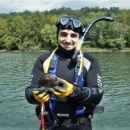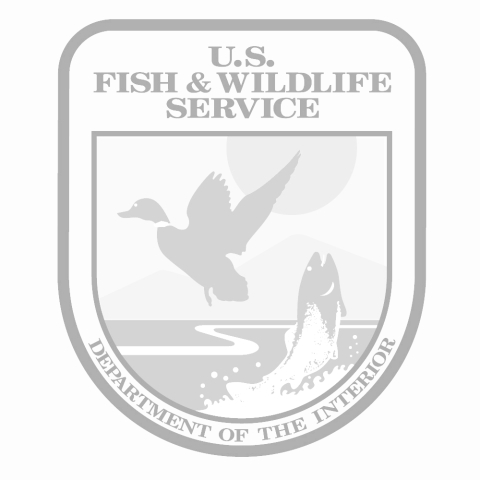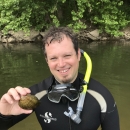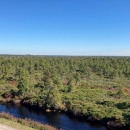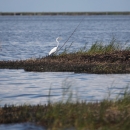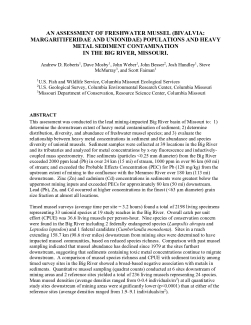
This assessment was conducted in the lead mining-impacted Big River basin of Missouri to: 1) determine the downstream extent of heavy metal contamination of sediment; 2) determine distribution, diversity, and abundance of freshwater mussel species; and 3) evaluate the relationship between heavy metal concentrations in sediment and the abundance and species diversity of unionid mussels. Sediment samples were collected at 39 locations in the Big River and its tributaries and analyzed for metal concentrations by x-ray fluorescence and inductively-coupled mass spectrometry. Fine sediments (particles <0.25 mm diameter) from the Big River exceeded 2000 ppm lead (Pb) in over 24 km (15 mi) of stream, 1000 ppm in over 96 km (60 mi) of stream; and exceeded the Probable Effects Concentration (PEC) for Pb (128 mg/kg) from the upstream extent of mining to the confluence with the Meramec River over 180 km (113 mi) downstream. Zinc (Zn) and cadmium (Cd) concentrations in sediments were greatest below the uppermost mining inputs and exceeded PECs for approximately 80 km (50 mi) downstream. Lead (Pb), Zn, and Cd occurred at higher concentrations in the finest (<63 μm diameter) grain size fraction at almost all locations.
Timed mussel surveys (average time per site = 3.2 hours) found a total of 2198 living specimens representing 33 unionid species at 19 study reaches in the Big River. Overall catch per unit effort (CPUE) was 36.6 living mussels per person-hour. Nine species of conservation concern were found in the Big River including 2 federally endangered species (Lampsilis abrupta and Leptodea leptodon) and 1 federal candidate (Cumberlandia monodonta). Sites in a reach extending 158.7 km (98.6 river miles) downstream from mining sites were determined to have impacted mussel communities, based on reduced species richness. Comparison with past mussel sampling indicated that mussel abundance has declined since 1979 at the sites furthest downstream, suggesting that sediments containing toxic metal concentrations continue to migrate downstream. A comparison of mussel species richness and CPUE with sediment toxicity among timed survey sites in the Big River showed a broad-based negative association with metals in sediments. Quantitative mussel sampling (quadrat counts) conducted at 6 sites downstream of mining areas and 2 reference sites yielded a total of 236 living mussels representing 24 species. Mean mussel densities (average densities ranged from 0-0.4 individuals/m2) at all quantitative study sites downstream of mining areas were significantly lower (p<0.0001) than at either of the reference sites (average densities ranged from 1.9–9.1 individuals/m2).
| Attachment | Size |
|---|---|
| nrdar-final-study report-SEMO Big River mussel and sediment-2009.pdf11.51 MB | 11.51 MB |
